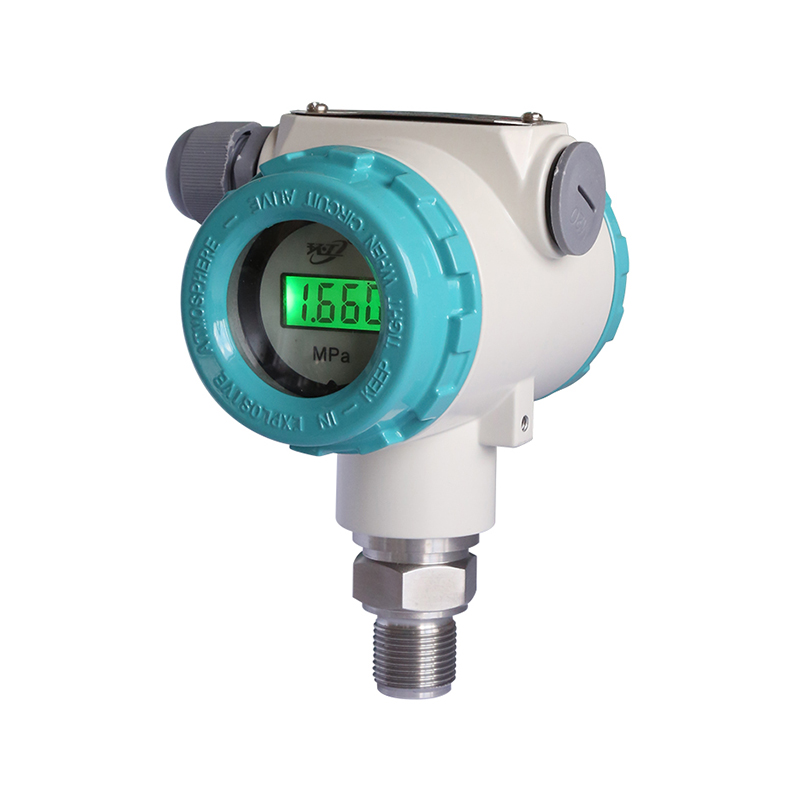Common causes of drift in pressure transmitter readings can be attributed to various factors, and addressing them requires systematic maintenance practices. Here are some common causes and ways to address drift:
Sensor Aging: Over time, the sensing elements within pressure transmitters may experience structural changes, affecting their performance. Scheduled preventive maintenance should include periodic calibration checks using traceable standards. When signs of aging are detected, sensor replacement in accordance with manufacturer recommendations becomes imperative to maintain accuracy within specified tolerances.
Environmental Factors: The impact of environmental conditions on pressure transmitter readings necessitates a comprehensive strategy. Regularly monitoring and recording ambient temperature and humidity variations is crucial. Implementing compensation algorithms based on environmental sensors, or utilizing environmental enclosures, can mitigate the impact of changing conditions.
Vibration and Mechanical Stress: Mechanical stress and vibrations can compromise the structural integrity of pressure transmitters, leading to inaccuracies. During installation, employing vibration isolators and ensuring proper mounting techniques aligned with manufacturer guidelines are essential. Routine inspections, complemented by predictive maintenance techniques like vibration analysis, can identify potential issues before they escalate.
Electromagnetic Interference (EMI): Shielding pressure transmitters from electromagnetic interference involves meticulous attention to grounding practices and utilizing shielded cables. Conducting periodic electromagnetic compatibility (EMC) tests and maintaining a safe distance from high-powered electrical equipment are standard practices. Installation in accordance with industry standards, such as IEC 61000, can significantly reduce the risk of EMI-induced drift.
Power Supply Variations: Unstable power supply can adversely affect the performance of pressure transmitters. Employing stable power sources, surge protection devices, and ensuring proper wiring practices are paramount. Regular power quality assessments and implementing redundancy measures can safeguard against power-related issues, minimizing the potential for drift.
Calibration Drift: Calibration drift is a natural aspect of sensor usage. Implementing a proactive calibration schedule aligned with industry standards ensures accurate measurements. Regular calibration checks, preferably traceable to national or international standards, form the cornerstone of maintaining the pressure transmitter's measurement integrity.
Seal Integrity: The seals in pressure transmitters play a critical role in maintaining the integrity of the sensing elements. Routine inspections for signs of wear, corrosion, or leaks are essential. Periodic replacement of seals, aligned with manufacturer guidelines, ensures a reliable barrier against environmental factors that may lead to drift.
Contamination: Harsh operating environments can expose pressure transmitters to contaminants that compromise performance. Implementing preventive measures, such as installing protective barriers and regular cleaning, is vital. Additionally, selecting pressure transmitters with robust materials and coatings resistant to specific contaminants enhances long-term reliability.
Wiring Issues: Properly terminated and well-maintained wiring is crucial for accurate signal transmission. Regularly inspecting wiring, connectors, and terminals for signs of wear, corrosion, or damage is essential. Adhering to industry-standard wiring practices and conducting periodic continuity tests contribute to a robust wiring infrastructure.
Software or Firmware Issues: Changes in software or firmware can impact the functionality of pressure transmitters. Systematic validation processes, including thorough testing and compatibility assessments, should precede any updates. Maintaining a version control system and documenting software changes ensures traceability and facilitates rapid diagnosis in case of unexpected drift or anomalies.
PB8101CNM pressure transmitters

